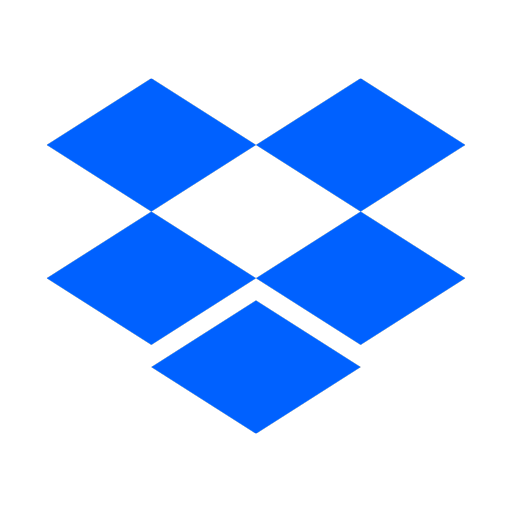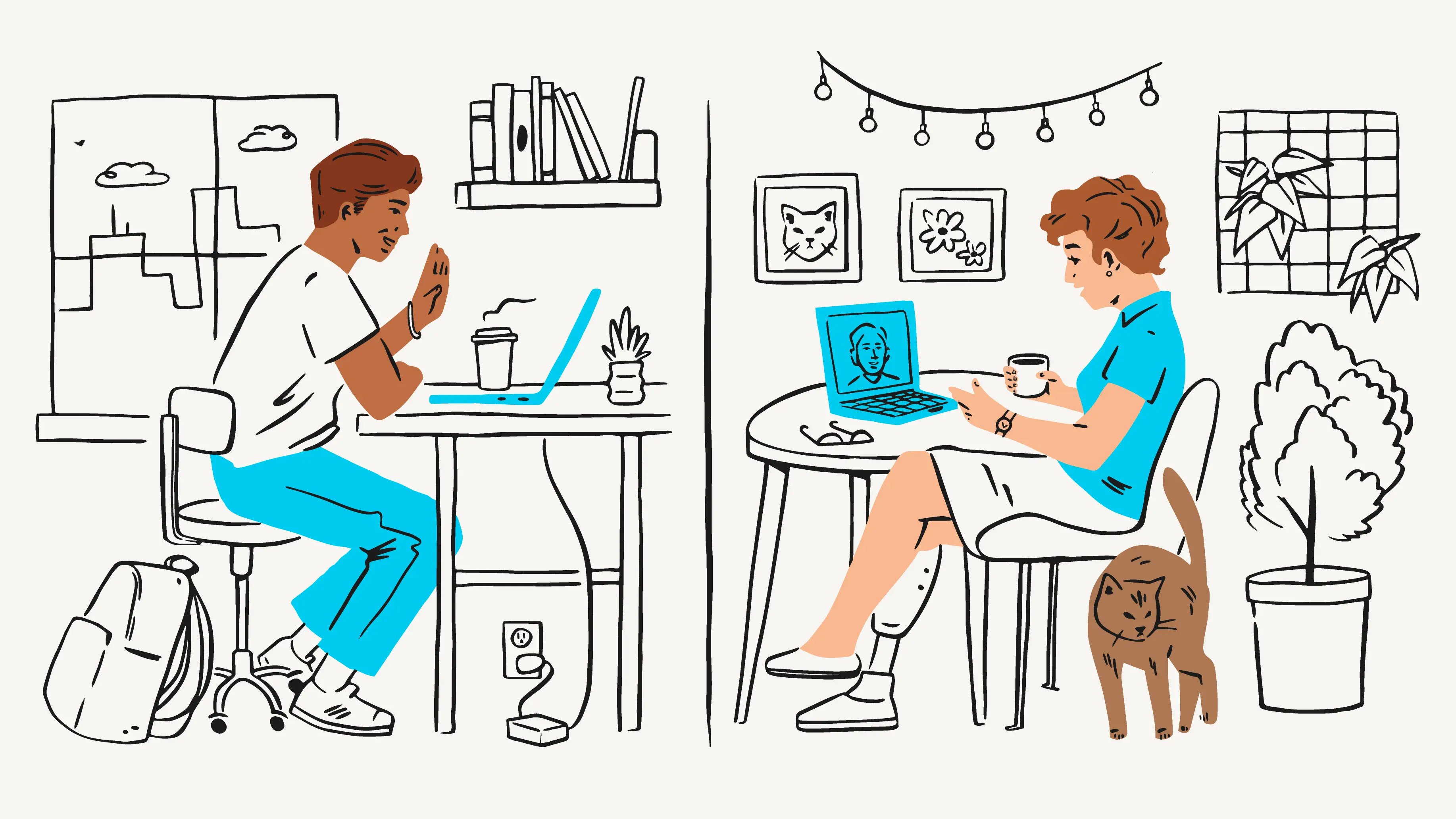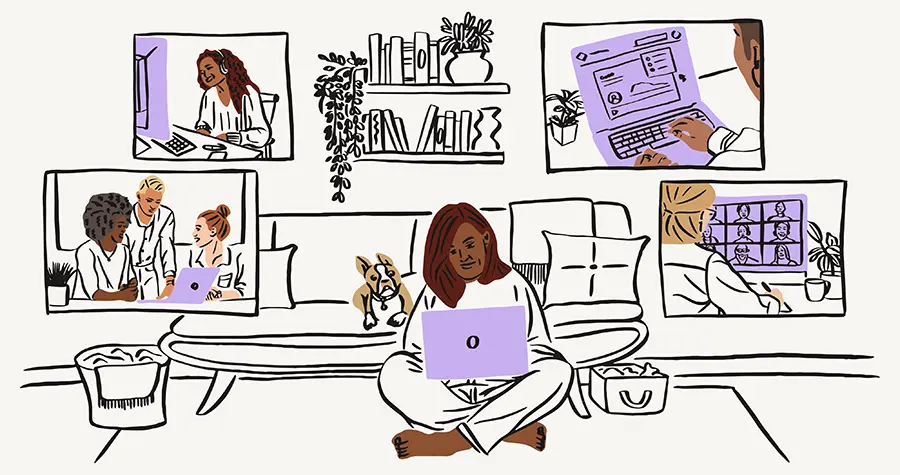
Virtual First 2023: Our learnings as a lab for distributed work
Published on December 05, 2023
Our latest surveys show how the right tools and guidelines make distributed work more effective—and why we’re doubling down on Virtual First.
When Dropbox introduced our Virtual First model in October 2020, the working world was reeling. Employers were scrambling to suddenly adapt to distributed work, and workers were left with zero guidance on best practices in that new paradigm.
This inspired us to take a step back and rethink our approach. We saw that the chaos presented an opportunity to design a new working model. Virtual First combines the flexibility of remote work with meaningful in-person connection. With this model, we’ve transformed Dropbox into a lab for distributed work, where we’re learning to solve the biggest challenges of remote collaboration from the inside out.
Over the past three years, we’ve learned a lot. Dropboxers provide valuable feedback through various surveys around their experiences that helps us understand what’s working well and what could be improved. As we wrap up another year in Virtual First, here are some key takeaways we’ll be incorporating into our working model in 2024. We hope they’re useful for other distributed teams, too.
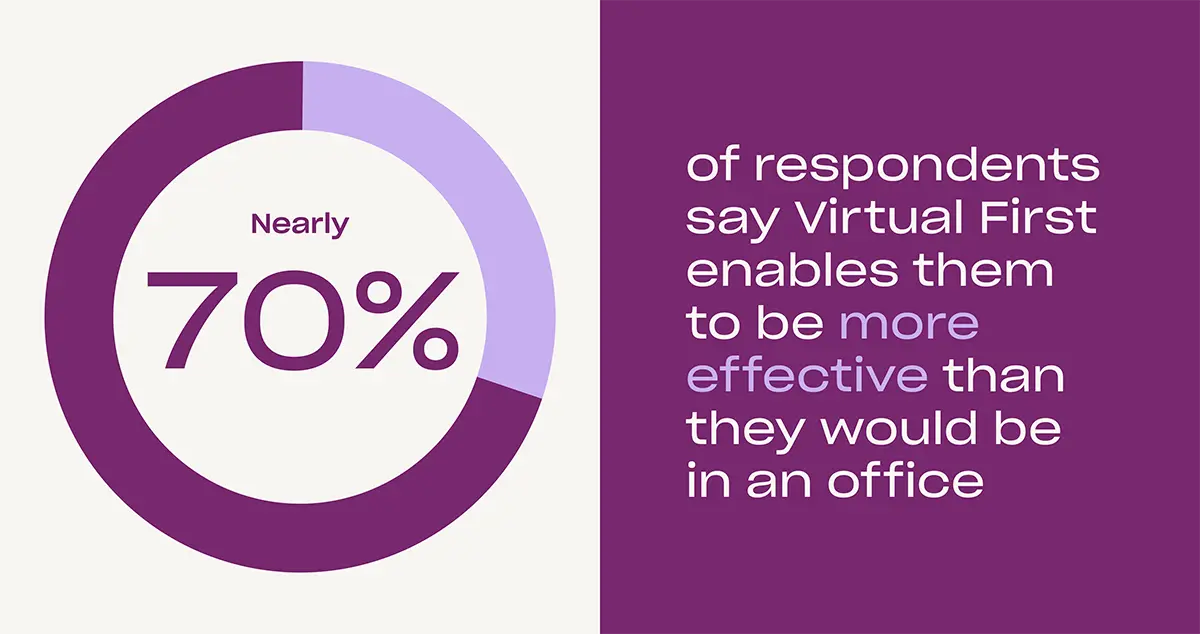
We don’t need to be in an office to do our best work
Companies are fiercely debating (and implementing) return-to-office mandates, but we believe the RTO conversation is missing the point: Where we work is less important than how we work. And our data shows this. Employees do their best work when given flexibility and autonomy.
“Turning Dropbox into this lab for the future of distributed work has been awesome. It’s a working model we’ve been able to build a few years in the future, and stub our toes on problems and then design this whole portfolio.”— Drew Houston, Dropbox Founder and CEO, in an October 2023 interview with Fortune
The feedback from recent internal surveys helps us understand why employees continue to feel successful in our working model:
- Nearly 70% said Virtual First helps them work more effectively than they would in an office, and 73% said they’re comfortable in their home workspace.
- 76% said they’ve been able to create uninterrupted time for getting work done, and 70% said they’re using non-linear workdays to adopt more fluid schedules.
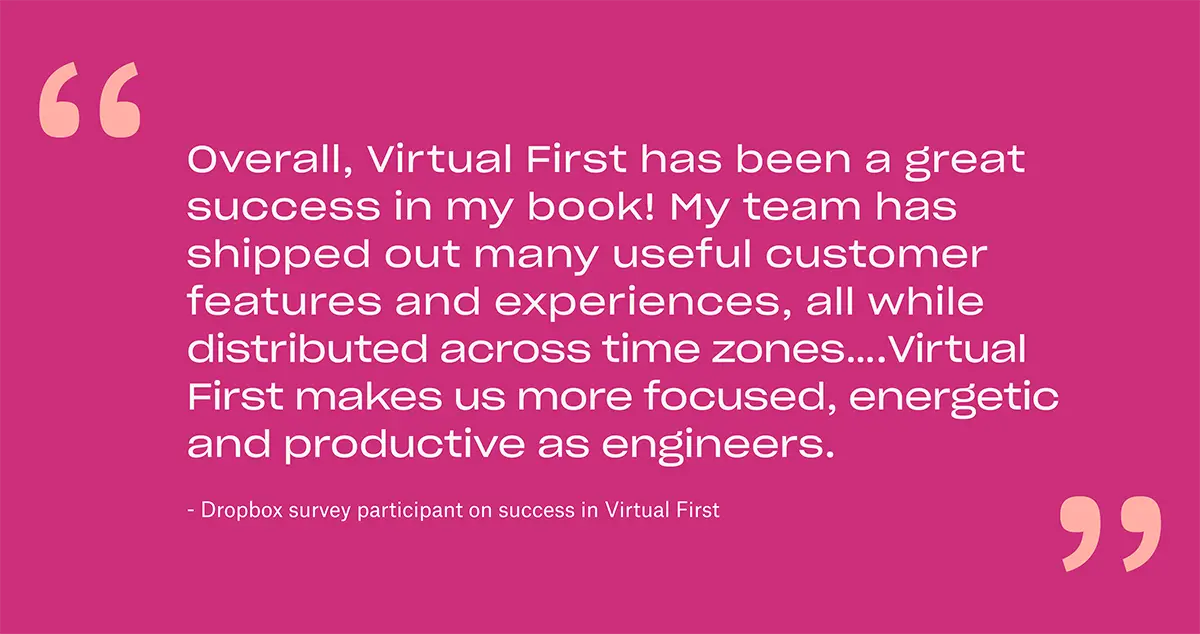
Distributed teams need the right tools and frameworks to succeed
When we made the shift to Virtual First, we knew we needed to redesign the way we work—across the board—from our tools to our policies to our habits.
One of the most impactful behavioral shifts was adopting an “async by default” mindset. As a globally distributed company, 92% of our employees work with peers across time zones, and 73% say clear communication and documentation are the most effective ways to support async collaboration.
But we also saw some challenges in this shift. The move to more screen-based work means dealing with even more messages, meetings, and pings. Employees are having a hard time finding what they need because of the “noise”— the endless notifications they receive from the tools we use to get work done.
In the last year, it became clear that we need to dedicate ourselves to solving these problems. Our employees know that embracing async collaboration is necessary to have an impact at Dropbox, but they want better guidance on how to communicate asynchronously. That’s why we’re focusing on simplifying our communication with fewer channels and better systems moving forward. We’ve recently implemented internal Virtual First Quick Tips. These provide Dropboxers with actionable, digestible guidelines, as well as links to existing resources like our Virtual First Toolkit, Remotely Curious podcast, internal playbooks, tech tips, and more.
With feedback from employees, along with our customers who feel this same pain, we’re also specifically designing new ways to streamline fragmented workflows and upgrade async collaboration tools. For example, Dropbox Capture helps alleviate communication hurdles and makes it easier for people across time zones to communicate asynchronously by allowing us to give and receive feedback using screen recordings, voiceovers, and screenshots. Dropbox Sign digitizes tasks that were traditionally reserved for pen and paper, like collecting signatures, providing a key solution that makes agreement workflows more seamless.

Focusing on focus can help boost effectiveness
We aren’t the only ones learning how to navigate the new wave of distractions. In fact, in a recent Dropbox-sponsored study, Economist Impact surveyed more than 1,000 knowledge workers in 10 countries around the world. The study found that lost focus is costing US companies nearly $468 billion every year. The good news? The study also showed that flexible work arrangements and intentional practices can help—and this is how we can aim to solve for the focus-deficit problem.
This year, we’ve increased the impact our employees have by helping them find focus. We’ve learned that setting intentional boundaries around when to focus and when to collaborate is critical. In fact, 76% of our employees said our Virtual First model enables them to effectively create uninterrupted time to focus on their priorities. Likewise, the flexibility of our model allows our employees to block out time reserved for live collaboration. The rest of their day can be designed around their own needs.
To run more effective and focused meetings, the majority of Dropboxers are using the 3 D’s—points of discussion, debate, and decision-making. Still, we heard feedback that there’s room to improve and implement better meeting practices. Partnering with a behavioral researcher to dive deeper into the matter, we learned we need to be more consistent about setting agendas, taking notes, and identifying action items. We can also be more thoughtful about how we run productive meetings across time zones.
As a result of our research on focus, we’ve also promoted internal playbooks for meeting practices through Quick Tips. Some of our recent focus-specific Quick Tips include how to enable and schedule Focus mode on devices, do “focus check ins” to renew attention, and identify peak energy levels throughout the day for optimal work.
Interestingly, the Economist Impact study also reported that shorter blocks—and more frequent breaks—don't necessarily result in less focus. In fact, they can improve focus, quality of work, and well-being. With this in mind as we iterate on our model moving forward, we plan to experiment with different team rituals around meeting start times to account for pre-meeting connection and post-meeting follow-up standards, and “walk & talk 1:1s” for breaks and movement when a Zoom video might not be necessary.
In tandem with these practices, modern work tools should take away the friction of our day-to-day tasks. It’s why we’re developing AI-powered products to help both Dropboxers and our customers find focus and better workflow asynchronously. Dropbox Dash, for example, is a universal search tool that helps us find the information we need across all apps and devices from one centralized place without having to interrupt coworkers with questions on Slack or email; and Dropbox AI helps us quickly review, summarize, and pull the most relevant information from our entire Dropbox, saving time and effort in a few easy clicks.
Best practices can always be improved
While Virtual First is working well for us, there’s always opportunity to continue to grow, adapt, and evolve. Knowledge sharing, meeting effectiveness, quality in-person experiences, resource utilization, and async collaboration continue to be top of mind for us as we enter another year in our operating model. In 2024, we’re looking forward to conducting new experiments based on employee feedback and leaning into a learning mindset. We’re excited to share more as we go!
